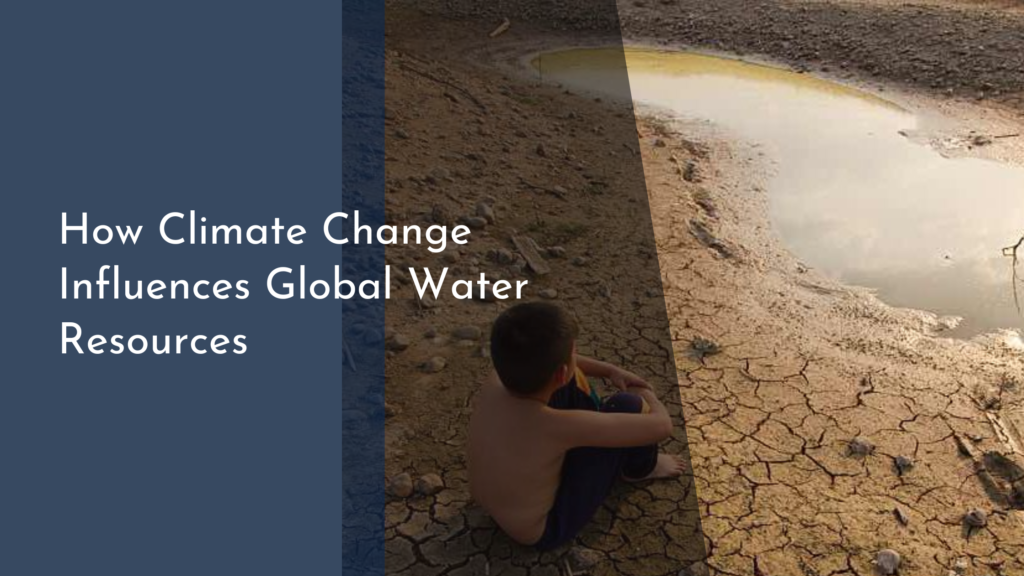The Influence of Environmental Education on Policy Change
In recent years, the importance of environmental education has become increasingly recognized as a catalyst for driving policy change and fostering a more sustainable future. By equipping individuals with the knowledge and skills needed to tackle environmental challenges, educational initiatives are playing a pivotal role in shaping public opinion and influencing policymakers. This article explores the significant impact of environmental education on policy development, highlighting how it bridges the gap between scientific understanding and legislative action, with inspiring examples of educational programs that have led to tangible policy changes.
Understanding Environmental Education’s Role
Environmental education serves as a critical tool for raising awareness about pressing environmental issues and cultivating an informed citizenry. By integrating environmental topics into school curricula, community workshops, and public campaigns, environmental education seeks to empower individuals with the knowledge necessary to understand and address environmental challenges. This educational approach not only enhances individual awareness but also inspires collective action, fostering a community of environmentally conscious citizens who advocate for sustainable practices and policies.
Furthermore, environmental education emphasizes the interconnectedness of ecological, social, and economic systems, highlighting how human actions impact natural resources and ecosystems. By demonstrating these connections, environmental education encourages individuals to consider the broader implications of their decisions, both at a personal and community level. This comprehensive understanding is essential for promoting sustainable development and influencing policy decisions that prioritize environmental conservation and resilience.
Bridging Knowledge and Policy Action
Environmental education plays a vital role in bridging the gap between scientific knowledge and policy action, ensuring that policy decisions are grounded in sound science and public understanding. By translating complex scientific concepts into accessible and relatable information, educational programs enable individuals and communities to engage meaningfully in policy discussions. This increased participation not only enriches the policy-making process but also ensures that policies reflect the values and priorities of the people they serve.
Moreover, environmental education fosters critical thinking and problem-solving skills, empowering individuals to advocate for policy changes that address environmental challenges effectively. By creating platforms for dialogue and collaboration, educational initiatives bring together scientists, policymakers, and the public to co-create solutions that are both scientifically valid and socially acceptable. This collaborative approach ensures that environmental policies are not only informed by the latest research but also benefit from diverse perspectives and community input.
Case Studies: Education Driving Change
One notable example of environmental education driving policy change is the Environmental Education for Sustainable Development (EESD) initiative in Sweden. This program integrates sustainability education into all levels of schooling, from primary to higher education. By incorporating sustainability principles across various subjects, EESD has successfully raised environmental awareness among students and teachers alike. As a result, graduates of this program have become strong advocates for environmental policies, influencing policy decisions at local and national levels and contributing to Sweden’s reputation as a global leader in sustainability.
Another inspiring case is the role of environmental education in the banning of single-use plastics in Kenya. Through targeted awareness campaigns and educational workshops, environmental organizations successfully informed the public and policymakers about the detrimental impacts of plastic pollution on ecosystems and wildlife. This widespread education effort generated significant public support, leading to the implementation of one of the world’s strictest plastic bag bans in 2017. This case demonstrates how informed citizens, empowered through education, can drive policy changes that have far-reaching environmental benefits.
Conclusion: A Greener Future Through Learning
Environmental education is a powerful force for change, equipping individuals and communities with the knowledge and skills needed to advocate for sustainable policies and practices. By fostering an informed and engaged citizenry, educational initiatives play a crucial role in shaping public opinion and influencing policy decisions that prioritize environmental conservation. As more people become aware of the intricate connections between their actions and the environment, they are better positioned to support and demand policies that promote sustainability and resilience.
As the world continues to face complex environmental challenges, the need for informed and proactive policy responses has never been greater. By investing in environmental education, we are not only enriching individual understanding but also paving the way for a greener future. Through education, we can inspire present and future generations to take meaningful action, ensuring that the policies we adopt today lead to a sustainable and thriving planet for all. In this way, environmental education remains at the forefront of creating a future where ecological balance and human prosperity go hand in hand.

